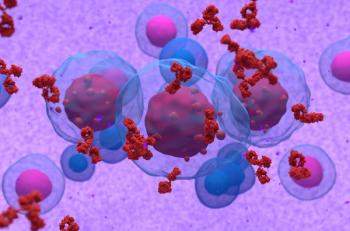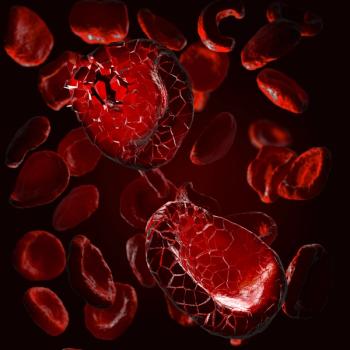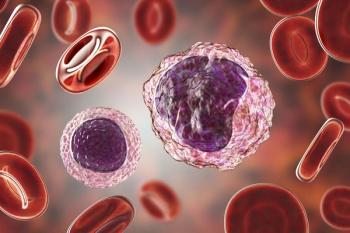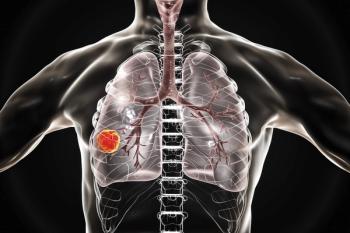
- Oncology Vol 28 No 1S
- Volume 28
- Issue 1S
(P051) Correlative Study of Thyroid DVH and Incidence of Subsequent Thyroid Dysfunction After Head and Neck Radiotherapy
In this small cohort of patients, we were able to show increased incidence of thyroid abnormalities after radiotherapy as compared with the normal population.
Stella Ling, MD, Phuong Nguyen, MD, Yi Rong, PhD, Jennifer Sipos, MD; Ohio State University
Materials and Methods: Using departmental databases, we were able to identify 65 patients who had head and neck radiotherapy from January 2008 to December 2009 as part of their overall treatment for head and neck cancer. Three patients were censored because of surgical intrusion on the thyroid gland, leaving us with a study cohort of 62 patients. Treatment planning of all these patients had been done on Pinnacle treatment planning software.
Results: We were able to retrospectively contour in the thyroid glands on these patients and assess the dose-volume histograms (DVHs) of the thyroid gland. In none of the patients was the thyroid gland considered an organ at risk (OAR). Twenty-four patients (38.7%) subsequently developed thyroid abnormalities, either clinical or subclinical, as expressed by changes in thyroid-stimulating hormone (TSH) and free T4 and clinical history. Further, 25% of the women and 42% of the men developed such abnormalities. The median time to developing abnormalities was 7.8 months after starting radiotherapy treatment, and the earliest abnormality was noted at 1.3 months after starting treatment. Ten of the abnormalities were within the first 6 months after starting radiotherapy. The median age of patients who developed thyroid abnormalities was 50 years, and was 57 years for those who did not develop abnormalities (difference not statistically significant). The correlation of thyroid DVH with subsequent abnormality trended toward significance at D50 with P < .117.
Conclusion: In this small cohort of patients, we were able to show increased incidence of thyroid abnormalities after radiotherapy as compared with the normal population. Males and patients less than 55 years of age may be at somewhat higher risk. Thyroid evaluation should be undertaken prior to starting head and neck radiation and again at subsequent follow-ups, even at the 1-month follow-up. Consideration should be given to including the thyroid gland as an OAR, with contouring being done at the time of treatment planning.
Articles in this issue
Newsletter
Stay up to date on recent advances in the multidisciplinary approach to cancer.


















































































